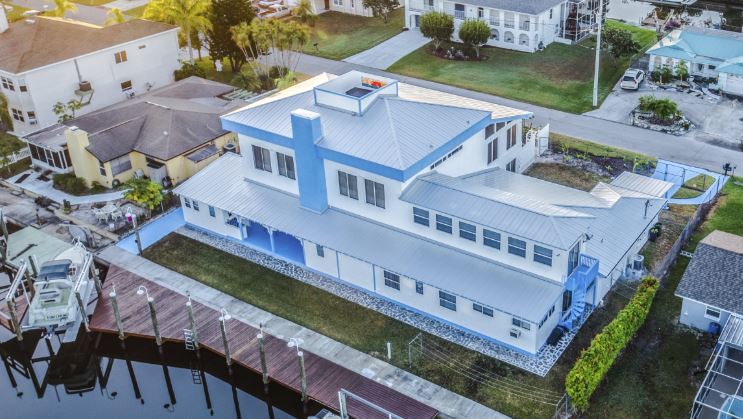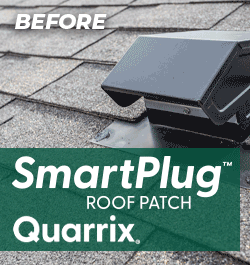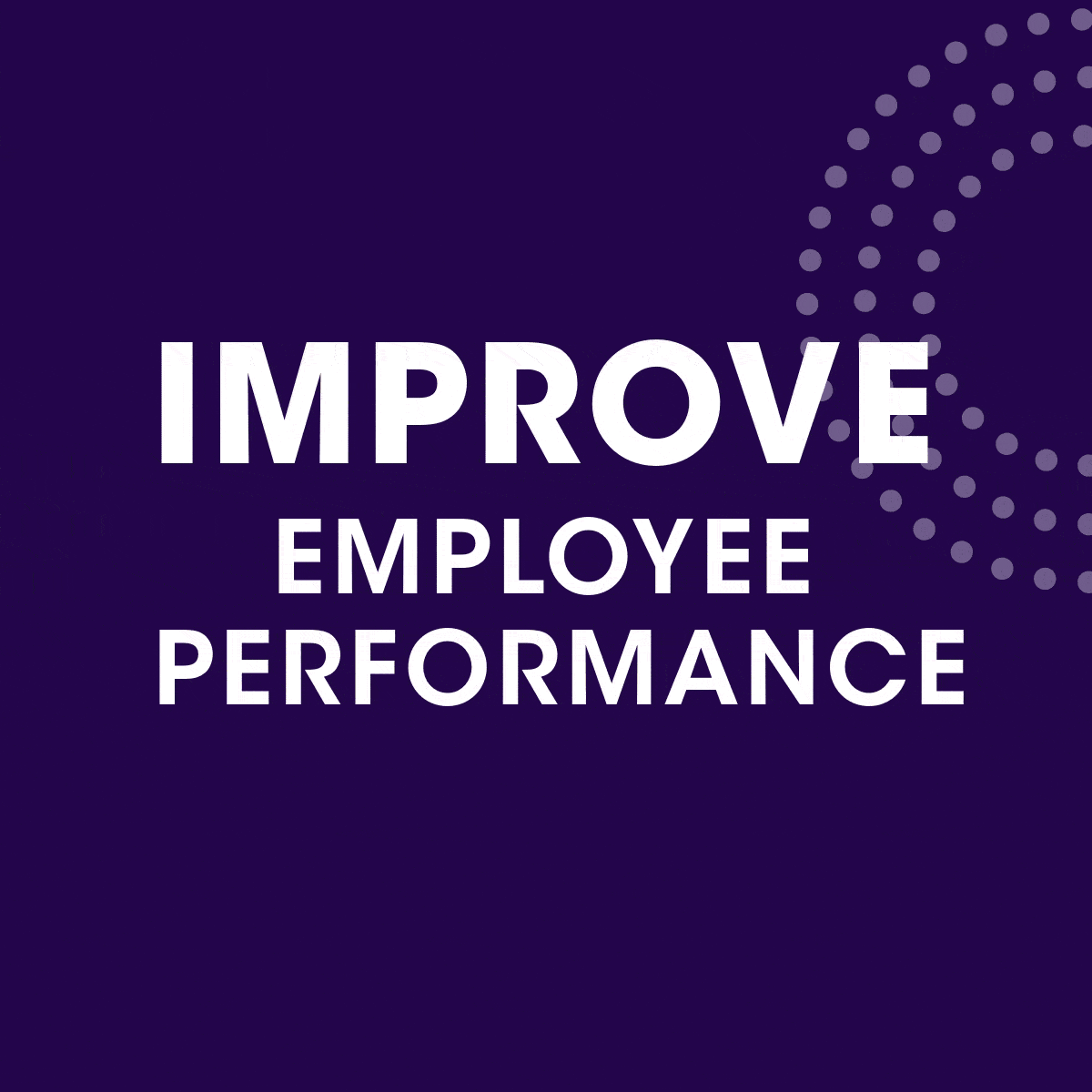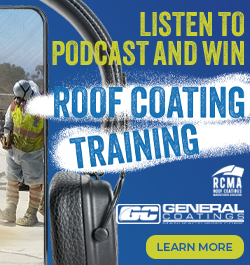How to Protect Your Metal Roof During Hurricane Season

By StealthBond®.
Share these great tips with your customers who own homes with metal roofs.
Hurricane season is upon us, and many Floridians are preparing their home for the potential stormy weather. Florida is ranked number one in states that are most likely to be affected by hurricanes and rain because of its location in the Atlantic. Warm water typically moves northwest, and because of the state's extensive coastline, there is a long path for storms to touch down. After the devastating effects of Hurricane Irma in 2017, many residents are taking precautionary steps to protect their homes from damage. One aspect that is often overlooked is the roof. Your roof is designed to protect your home from water damage. It's essential to follow these steps to maximize the durability and longevity of your metal roof.
- Inspect Your Roof
The simplest way to prepare your roof for hurricane season is with a thorough inspection. Your authorized dealer or roofing contractor can help you identify any problem areas and make suggestions on how to improve the structure. They can point out any holes or gaps that could potentially turn into something more substantial under heavy winds and rain. Fill in and patch what you can to avoid water damage to the interior, exterior and foundation of your home. Serious repairs should take place as soon as possible.
- Invest in a Roof Tie-Down
During violent winds and rain, your roof is the most vulnerable spot in your home. High winds, especially from hurricanes, create an uplift with the possibility of tearing the roof from the rafters. There is also "shear" winds to consider which happens when there is horizontal pressure. If you don't take precautions, the wind could tip your house over. Structural engineers have developed a product often referred to as connectors. Made from galvanized steel, these devices are designed to reinforce the joints and obtain a stronger connection between the roof and rafters.
- Secure Items Outside the Home
Large and heavy objects that aren't securely tied down can quickly become a threat to your home and roof under extreme weather conditions. Bring all boats, cars, or motorcycles into the garage if possible. Check your deck or porch for loose items such as potted plants, patio furniture, or a bar-b-que. These items can lift off the ground and scatter. In some instances, they can break windows, doors, or cause damage to your roof's gutter and drainage system. Check for children's toys, any toys that could be outside, and don't forget to secure your air conditioning unit either.
- Clean Gutters and Drains
During hurricane season it's imperative to clean debris from your gutters and drains regularly. Many homes are fortunate enough not to be directly affected by a hurricane, but the remnants of a storm bring a lot of water. Clogged drains and gutters produce a lot of water. When there is nowhere to go, the water either sits or overflows. Both options have adverse effects on the roofing system and the structure of your home. Look for leaves, branches, or other objects and clear them out immediately. Do this before a storm and directly after.
- Trim Trees Regularly
Keeping your trees trimmed is the best way to ensure a long lifespan of your roof year round. Falling branches and limbs are common causes of roof issues. During a storm, a weak branch will detach quickly and have aggressive effects on your roof causing punctures. Regular pruning, especially during hurricane season will prevent sick, dead, or weakened branches from becoming a liability. Tree maintenance is specific. You want to stay safe but also maintain the health of your tree. It's advisable to leave this to the professionals.
For the best protection, homeowners should invest in a system that meets approvals for hurricane zone wind speeds. The StealthBond® system is Miami-Dade County Building Code approved. In addition the StealthBond® is a patented adhesive system that has undergone extensive testing to ensure it can withstand the harsh winds from a hurricane. Learn more about by visiting our website.
Editor’s note: This article first published on the StealthBond® blog and can be viewed here.








-2.png)










Comments
Leave a Reply
Have an account? Login to leave a comment!
Sign In